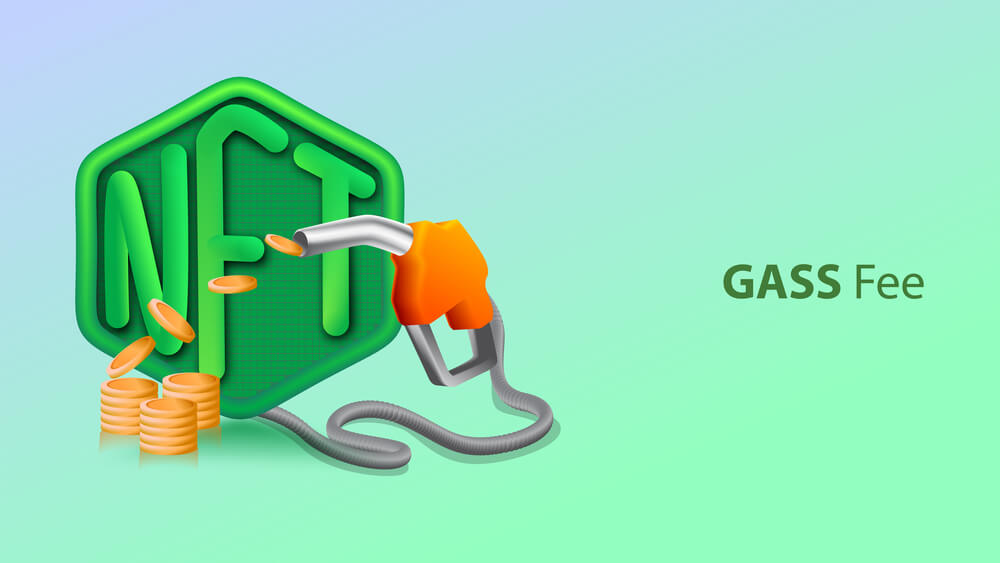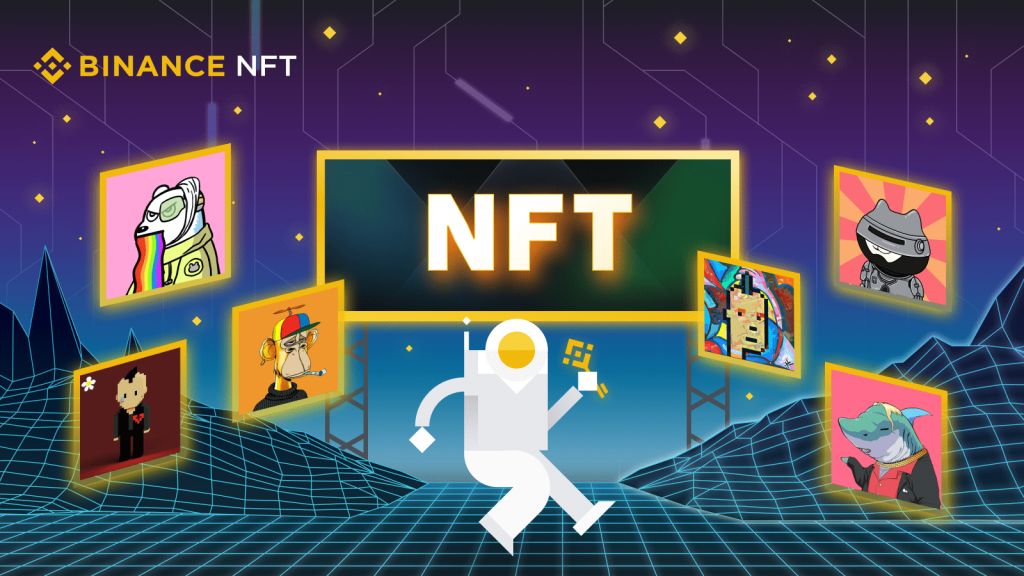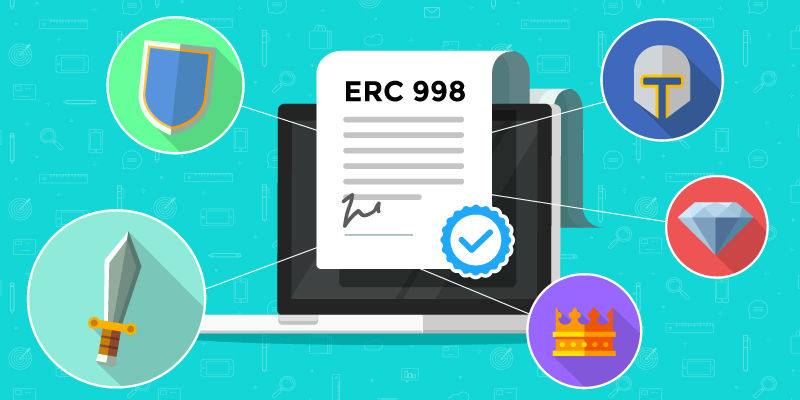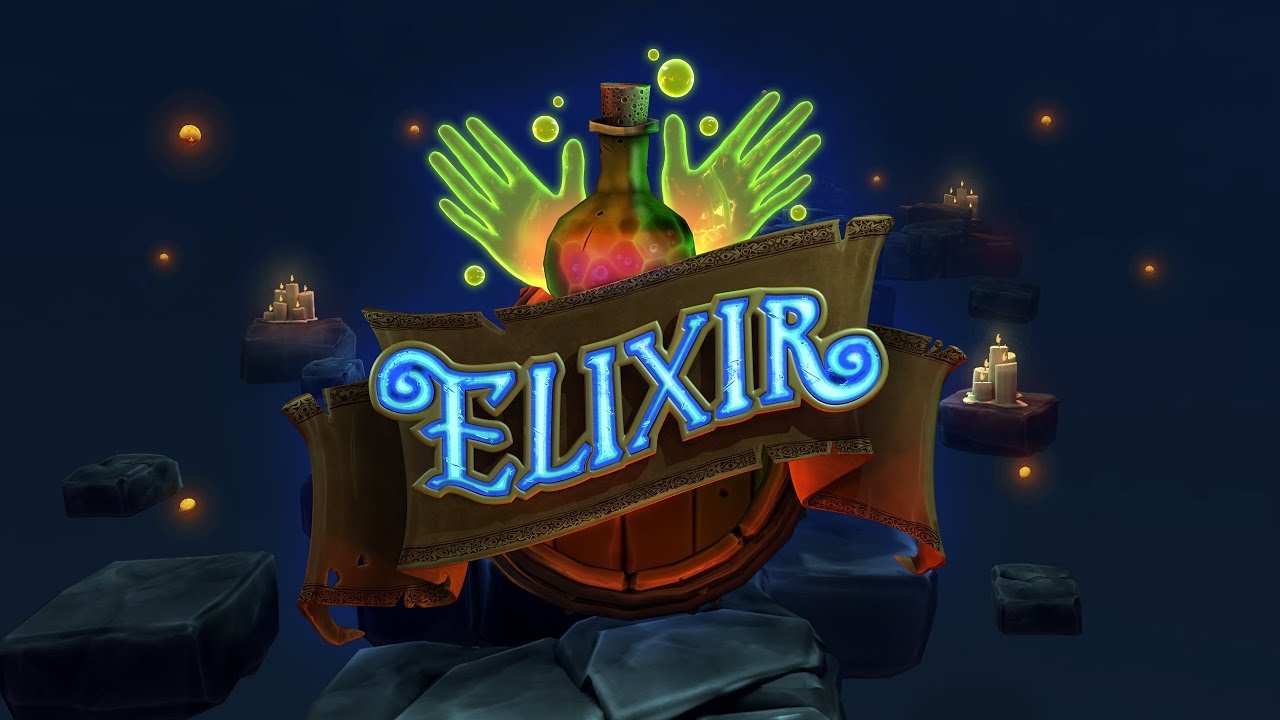The world of non-fungible tokens (NFTs) has exploded in recent years, with record-breaking sales coupled with a thriving community of collectors and developers. Nonetheless, one major hurdle that keeps hindering the mass adoption of NFTs is high gas fees.
Here, we will explore the concept of gas fees for NFT transactions and offer proven methods of reducing these costs. Whether you are a developer or a collector, understanding how to reduce gas fees can majorly benefit your experience in the NFT sector.
What Are Gas Fees?
Before delving into strategies aimed at lowering gas fees, it’s vital to grasp their significance within the realm of NFTs. Gas fees refer to the transaction charges incurred on the Ethereum blockchain when executing smart contracts.
In the NFT sphere, these fees play a pivotal role as they are necessary for minting and trading these distinct digital assets. Elevated gas fees can significantly affect the profitability and accessibility of NFTs, underscoring the importance of seeking methods to reduce them.
Understanding Gas Fees In The NFTs Context
Gas fees are determined by network congestion, the complexity that comes with smart contracts, and the kind of marketplace used for these NFT transactions. As more users keep interacting with the Ethereum blockchain, network congestion increases and results in higher gas fees.
Moreover, the more complex a smart contract is, the more gas it will need for execution. This can be a considerable factor for NFT developers who wish to optimize their smart contracts to minimize gas fees.
Elevated gas fees have wide-reaching effects, impacting both creators and collectors within the NFT space. For collectors, these high fees diminish the profitability of engaging in buying and selling NFTs, potentially deterring new entrants and constraining the expansion of the NFT ecosystem.
Additionally, there is a mounting concern regarding the sustainability of blockchain technology and its environmental footprint, particularly attributed to the substantial energy consumption associated with high gas fees. As the spotlight intensifies on the environmental impacts of cryptocurrencies, the urgency to find solutions for reducing gas fees grows significantly.
Methods Of Reducing Gas Fees For NFT Transactions
Now that we understand the impacts of increased gas fees in the NFTs space, let us explore some proven methods of reducing these costs.
Timing Is Important
A simple but effective method is to time your NFT transactions in low-fee periods. By tracking network congestion data, you can readily identify times gas fees are normally lower and plan your transactions accordingly. This can considerably minimize the general cost of NFT transactions.
Smart Contract Efficiency
To minimize gas fees, creators can focus on optimizing their smart contracts. This involves simplifying and streamlining the code of an NFT smart contract to reduce its gas consumption, thereby leading to lower fees. Achieving this optimization requires a comprehensive understanding of smart contract coding, along with thorough testing and optimization processes.
Layer 2 Solutions For NFTs
Layer 2 solutions are gaining traction as effective tools to alleviate gas fees on the Ethereum blockchain. These solutions function off-chain, enabling quicker and more economical transactions. Platforms such as Immutable X and Polygon exemplify layer 2 solutions that cater to NFTs, offering significant reductions in gas fees for both creators and collectors.
Choosing The Ideal Marketplace
When it comes to selling and buying NFTs, selecting the ideal marketplace can make a considerable difference in gas fees. Various marketplaces have different fee structures and gas efficiency, so it is crucial to do your background checks and research to help you compare options before making a transaction.
The Future Of Gas Fees In NFT Transactions
As blockchain technology progresses, there are exciting developments on the horizon that could lead to substantial reductions in gas fees for NFT transactions. Ethereum 2.0’s transition to a proof-of-stake consensus mechanism holds promise for significantly decreasing network congestion and associated gas fees. Additionally, alternative blockchain platforms like Tezos and Polkadot provide potential avenues for more cost-effective NFT transactions, offering alternative options to Ethereum’s network.
Additionally, new NFT protocols and standards are being developed to enhance gas efficiency. Projects such as ERC-1155 and EIP-2309 aim to offer better gas optimization for NFTs, making them highly accessible to a large audience.
The Takeaway
High gas fees remain a significant obstacle hindering the growth and long-term viability of the NFT market. Nonetheless, by gaining a thorough understanding of the strategies mentioned earlier and implementing them strategically, creators and collectors can actively work towards reducing these expenses.
As blockchain technology advances and innovative solutions emerge, we can anticipate a future where NFT transactions become more accessible and cost-effective for all participants. With a continually expanding community and boundless opportunities for digital ownership, the potential of NFTs knows no bounds. Therefore, don’t let gas fees deter you from exploring this dynamic realm – take charge of your expenses and immerse yourself in the world of NFTs today!





